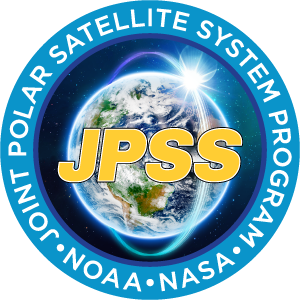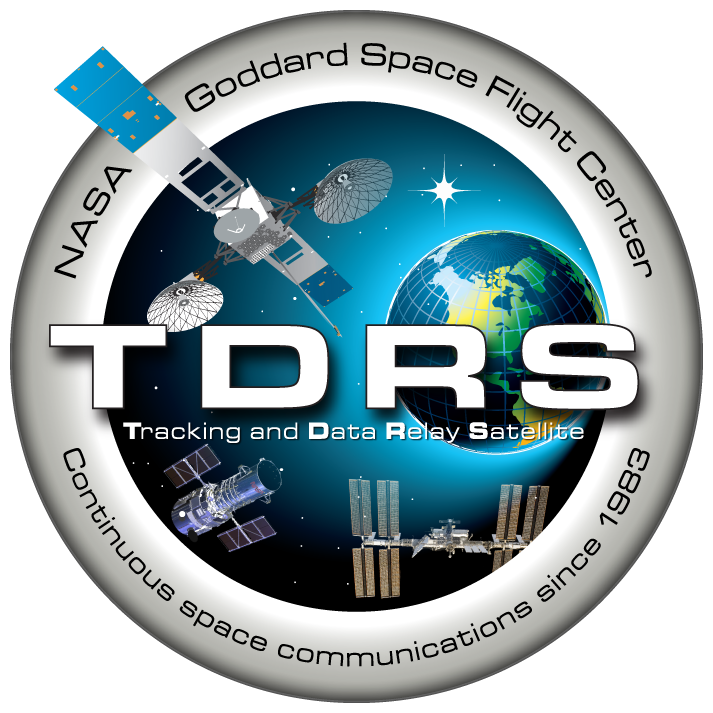PROJECTS
CURRENT PROJECTS
The Roman Space Telescope (RST) is a NASA mission that addresses the Astronomy and Astrophysics 2010 Decadal Survey top priority recommendations in the large space mission category. RST will provide answers to the questions such as: why is the expansion rate of the universe accelerating? And are there other solar systems and Earth like planets? The current RST design of the mission makes use of an existing 2.4m telescope to enhance sensitivity and imaging performance. RST has a Wide Field Instrument that will deliver observations for Dark Energy and Planetary Census surveys, along with a technology development Coronagraph that will accelerate the search for Earth-like planets.
Set to launch by May 2027.

NASA/GSFC Joint Polar Satellite System (JPSS-2/3/4) Thermal Engineering Design, Analysis and Test Support.
JPSS-3 and JPSS-4 are currently in development for launch readiness dates in 2027 and 2032.

Thermal engineering support to NASA/GSFC Code 452 Sustaining Engineering for the entire TDRS fleet of ten on-orbit satellites. Vertex Aerospace was also contracted by NASA/GSFC to provide thermal engineering oversight during the development of TDRS-10 through TDRS-13.
NASA selects PUNCH and TRACERS mission

PUNCH – the Polarimeter to Unify the Corona and Heliosphere mission will employ four micro-satellite-sized spacecraft to measure the outer part of the Solar corona which emits the solar wind.
The four 40kg PUNCH spacecraft will be built by the Southwest Research Institute of San Antonio. Three of the spacecraft will record solar wind motion by imaging reflected polarized light from electrons in the wind. A fourth spacecraft will directly capture the outer corona using a special narrow field camera built by the US Naval Research Laboratory.
This mission is projected to launch no earlier than February, 2025.
TRACERS – Tandem Reconnection and Cusp Electrodynamics Reconnaissance Satellites (TRACERS). In June 2019, NASA gave a final go-ahead for the TRACERS mission, which will employ two identically instrumented satellites in the same low-Earth, sun-synchronous orbit with the spacecraft separated by 10-120 s along the orbital track satellites to observe the Earth’s Northern magnetic cusp — a region encircling Earth’s North pole where the planet’s magnetic field lines curve down toward Earth, particularly during violent geomagnetic storms triggered by outbursts from the sun. Led by Craig Kletzing of the University of Iowa in Iowa City, the TRACERS spacecraft will measure electrical fields with instruments built by UC Berkeley Space Sciences Laboratory (SSL) specialists. The SSL team will be led by John Bonnell, an SSL assistant research physicist.
The overarching mission goal of the TRACERS mission is: Connecting the magnetospheric cusp to the magnetopause - discovering how spatial or temporal variations in magnetic reconnection drive cusp dynamics. To address this goal, the TRACERS mission has three major scientific objectives: Determine whether magnetopause reconnection is primarily spatially or temporally variable for a range of solar wind conditions. For temporally varying reconnection, determine how the reconnection rate evolves. Determine to what extent dynamic structures in the cusp are associated with temporal versus spatial reconnection.
To accomplish this scientific research, TRACERS makes field and particle observations in the cusp. Statistical analysis of the orbit shows that TRACERS will have more than 6500 cups encounters in a two-year mission lifetime. Well-proven instruments and good understanding of orbital characteristics allows for simple mission operations coupled with proven data analysis techniques backed by high-fidelity simulations. The instrumentation consists of ion and electron spectrometers, DC electric and magnetic field and AC wave measurements. We discuss the mission concept and relevance to space weather as well as presenting details of the spacecraft and operational plan.
This mission is projected to launch April, 2025.

